Some obsolete lab equipment is quickly replaced, while other items are stubbornly persistent. What modern tech will survive to the 2060s?
New technologies come along all the time – at least, that’s how we’re all used to living, and how everyone in the industrialised world has been used to living since at least the Industrial Revolution itself. That means that we are pretty familiar with the concept of ‘creative destruction’ (as popularised by Austrian economist Joseph Schumpeter) having seen it over and over. No one’s making mechanical adding machines any more, although I well remember the one that my father used to keep the books for his business in the early 1970s, just as no one’s making cathode-ray tube televisions and any number of other defunct items.
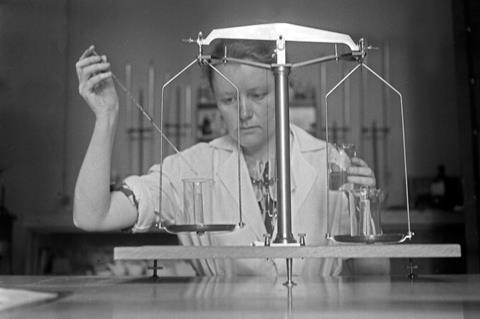
Chemistry has had its share of these, both physical and conceptual. Has anyone out there ever come across ‘parachor’? That’s a relationship between the surface tension of a pure compound and its molecular volume, and it was applied (not without effort) to structure determination. It got a passing mention from a chemistry professor of mine in the early 1980s as something outmoded he’d had to learn, so you can imagine the state it’s in now. As for lab kit, how about those mechanical analytical balances with their row of clattering, weight-shifting knobs? And when’s the last time you broke out the KBr discs and took a mineral-oil-mull infrared spectrum? Do you even know where the KBr discs are – or for that matter, where the IR machine itself is these days?
Let’s look to the future then, and try to predict some current techniques that will seem as strange to the chemists of the 2060s or so. I have some suggestions, but my list is by no means exhaustive and is in no particular order. First off, how about the way we deal with the literature and with retrosynthesis? This change is taking longer than I imagined a few years ago, mostly because the organic chemistry literature is an even more disorganised steaming pile of miscellany than even I had realised. But even if we end up having to recapitulate a lot of it under controlled (ie robotic) conditions, I would think that we’ll be bringing a lot more machine-learnable order to it in the decades to come. The days of rooting through reference after reference in search of useful conditions and connections will eventually seem somewhat medieval.
Speaking of robotics, there’s also the way that we do reaction optimisation. I see this sort of exploration as becoming more and more amenable to small-scale, high-throughput experimentation (and indeed, you can already see this starting to happen). The most extensive forms of this will be a luxury technology for the well-funded for some time to come, but I think it’s not a good idea to bet against improvements in automation and data handling. The results of such experiments will feed into the Great Organic Reaction Database very well, too, not least because we’ll finally have the use of all the negative data that we’ve been sweeping under the carpet for the last century or so.
Now, I realise that I have developed a reputation as an artificial intelligence/machine learning skeptic, but I try to emphasise that it’s only in relation to the egregious hype that we find ourselves swimming through. I think that it will be some time before we are blithely designing final drug candidates for whatever binding sites we choose. But before we get to that point we will likely have experienced the end of high-throughput screening as we’ve known it. I can believe that computational methods will increasingly be able to provide workable starting points for lead optimisation in drug discovery, and that physical screening of compound libraries will gradually decrease in importance. Where this could leave methods such as DNA-encoded libraries I will leave as an exercise for the reader.
Remember, though, that some old technologies die hard. By the 2060s we might still find some of our current techniques hanging on in odd niches or being repurposed entirely. Sometimes these things end up in just a vestigial state, as witness the tiny icon in many programs that represents ‘save file’ looking like a tiny 1980s 3.5-inch storage floppy disks. But others can live on with surprising resilience.
So I wouldn’t bet on everything we use today disappearing in the coming decades. My own 1980s self would recognise magnetic stirrers, vacuum lines, and Pasteur pipettes in my 2025 fume hood (among other things), and there are some things that I could get right to work on. I am unlikely to see the 2065 version, but perhaps it won’t be quite as strange as all that!




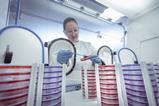

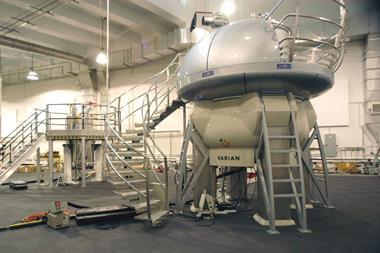
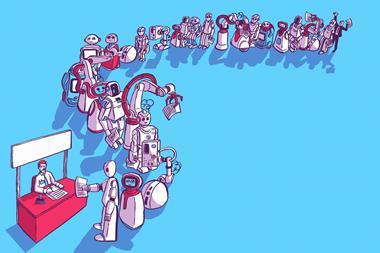
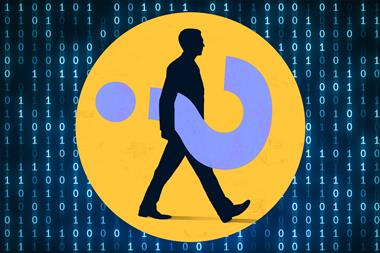





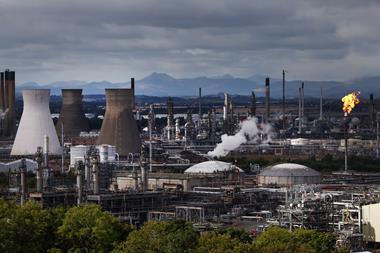

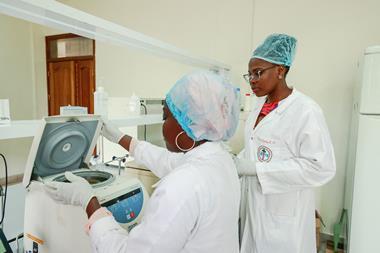
1 Reader's comment